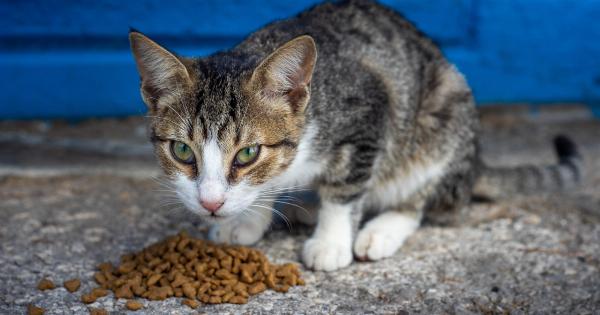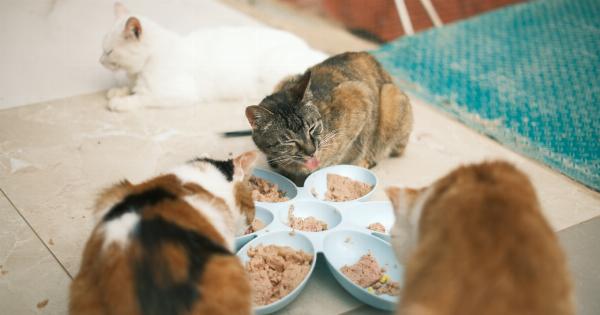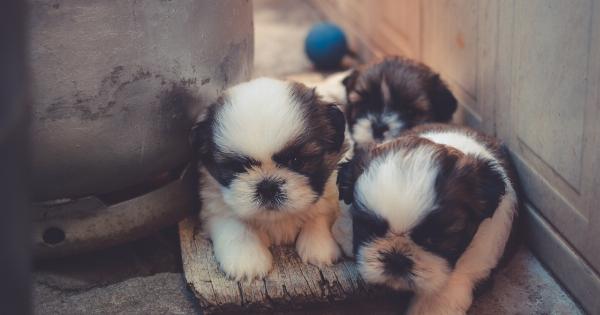Food intolerance can be a prevalent issue amongst dogs and cats, causing discomfort and distress. While food allergies are commonly diagnosed, food intolerance can often go undiagnosed, leading to ongoing health problems.
Understanding the signs, causes, and treatment options are essential for pet owners to give their furry friends the best quality of life possible.
What is Food Intolerance?
Food intolerance is a digestive disorder that occurs when a pet’s digestive system is not capable of breaking down and processing specific foods correctly.
This can result in an adverse reaction, leading to symptoms such as vomiting, diarrhea, and even skin problems. Unlike food allergies, symptoms of food intolerance may take hours or even days to show up.
Common Signs of Food Intolerance
The symptoms of food intolerance can vary, but some of the most common signs pet owners should look out for include:.
- Vomiting
- Diarrhea
- Flatulence
- Abdominal pain
- Lack of appetite
- Weight loss
- Itchy skin and coat
- Chronic ear infections
- Redness or rash on the skin
- Excessive licking or scratching
Causes of Food Intolerance
There are several causes of food intolerance, which varies from pet to pet. Some of the most common causes include:.
- Digestive enzyme deficiencies
- Lack of tolerance to specific ingredients
- Previous damage to the digestive tract
- Reaction to certain additives such as preservatives and artificial colors
- Stress and anxiety
- Bacterial overgrowth in the gut
Treatment Options
Once a pet has been diagnosed with food intolerance, the best treatment option is to switch to a diet suitable for their specific needs.
Often, it may involve a process of elimination, where certain foods are eliminated until the offending ingredient is found. The specialized diet should include minimal added chemicals, preservatives, fillers, and colorings, which can trigger allergic reactions in some pets.
Additionally, pets with chronic food intolerance require regular veterinary check-ups, and some cases may require medication or surgery to address the underlying condition.
Prevention Strategies
There are several prevention strategies that pet owners can employ to reduce the risk of food intolerance:.
- Gradual introduction of new food
- Avoid human food and table scraps
- Avoid the same protein source for prolonged periods
- Use high-quality pet food with specific nutritional requirements for your pet’s age and breed
Conclusion
Food intolerance in dogs and cats can be a pervasive issue, but with proper diagnosis and management, pet owners can help ease the discomfort of their furry friends.
By recognizing the symptoms, understanding the causes, and implementing the right treatment and management strategies, pets with food intolerance can lead healthy and happy lives.






























